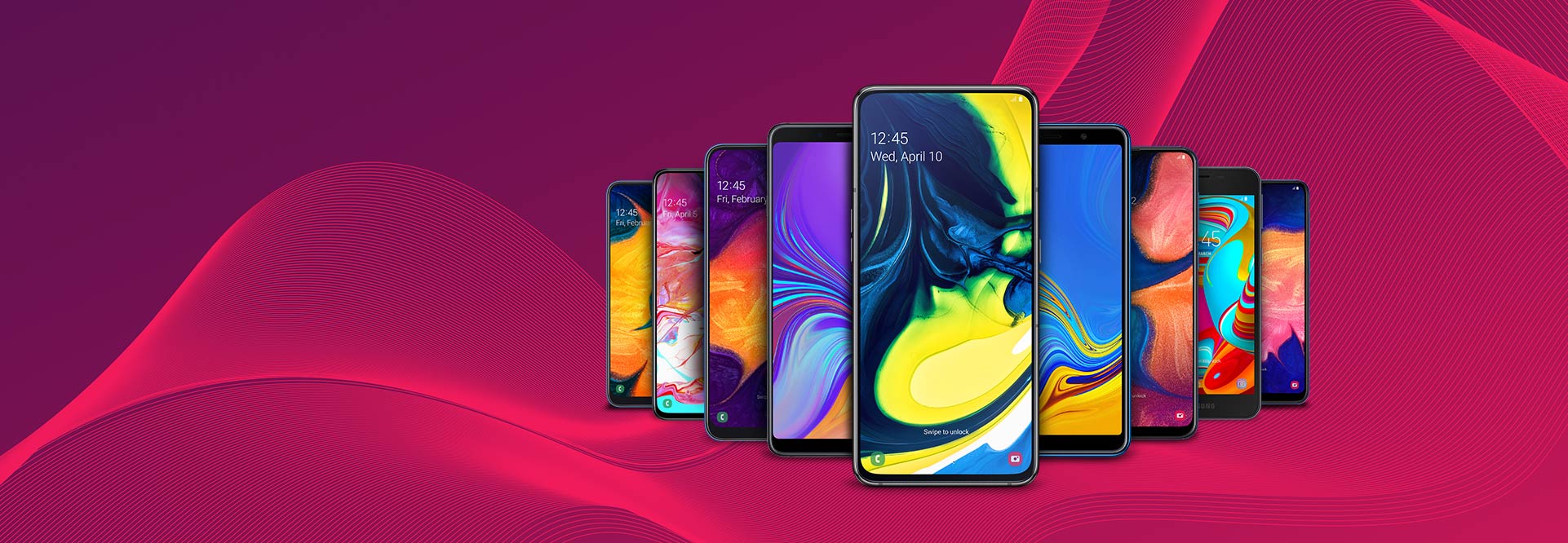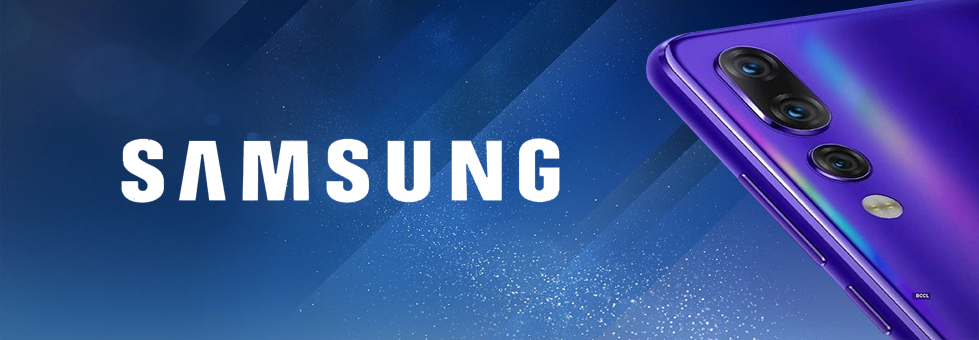Samsung Galaxy A Series: Flagship Experiences on a Budget
Staff Writer / 10-02-2020 / News
South Korean electronics manufacturer Samsung has blazed a trail in the local smartphone market with the launch of their mid-tier A series cell phones that give their more expensive flagship counterparts a run for their money. Most likely, this range was created in response to stiff competition in the mid-tier smartphone category from the likes of Chinese rivals Huawei and Xiaomi.
The company launched the Galaxy A2 Core, A10, A20, A30, A50, A70 and the A80 in South Africa this year, with the A90 expected soon.
The A Series is a welcome change in pace for the company’s mid-tier devices, as the range now offers you a premium look and feel at a lower cost, as well as upgrades to the internals to give these devices more power and features, such as triple-lens camera systems on selected models. Let’s take a quick look at each model in the Galaxy A range:
Galaxy A2 Core
A simple but powerful entry-level device, the Galaxy A2 Core features the Android Go operating system, which is designed to optimise performance through the device’s hardware. Android Go is a lite version of the OS but allows devices like the A2 Core to offer a smooth user experience at an affordable cost.
The A2 Core also features 5 MP cameras on the rear and face of the device and can support an SD card of up to 512GB, complementing its 8GB or 16GB of onboard storage. This will allow the user to cram more music and pictures into the device. The A2 Core also comes fitted with a 5-inch display.
Galaxy A10 & A20
The Galaxy A10 and Galaxy A20 smartphones have many similarities. While both come with the Android 9.0 operating system, one of the most distinct differences is the screen size, as the A10 features a 6.2-inch display, while the A20 features a slightly larger 6.4-inch AMOLED display. Both devices feature the same processor, with the A10 featuring 2GB of RAM and the A20 fitted with 3GB of RAM.
Another major difference between the devices is that the A20 features a dual 13MP and 5MP rear camera, while the A10 offers a 13MP rear camera. The A20 offers an 8MP front camera versus the A10’s 5MP shooter. Both smartphones pack 32GB of internal storage.
Galaxy A30 & A50
The A30 and A50 smartphones set a new benchmark for affordable smartphones in the mid-tier category.
The A30 comes with 64GB of onboard storage, while the A50 offers a massive 128GB of storage. Both devices feature a gorgeous 6.4-inch AMOLED display, the Android 9.0 operating system, 4GB of RAM and all-day battery-life thanks to a colossal 4000 mAh battery, usually found in premium smartphones.
The A50 smartphone features a triple rear camera setup with a 25MP, 8MP and 5MP cameras offering great wide screen shots, while the A30 features a dual 16MP and 5MP rear camera configuration. The A50 sports a powerful 25MP selfie camera and the A30 a 16MP front camera.
Galaxy A70 & A80
Essentially competing in the premium smartphone segment, the A80 is set to become one of the most unique smartphones available on the South African market. The A80 will feature one of the first pop-up rotating camera modules, consisting of a powerful 48MP wide lens, 8MP ultra-wide lens and a Time of Flight (TOF) 3D camera to capture not only images from the rear but also for selfies. The device sports a 3700mAh battery and 128GB of onboard storage, with a 6.7-inch display.
The Galaxy A70 features a slightly larger 4500mAh battery compared to the A80 but will run off the same processor and operating system – Android 9.0. The A70 smartphone features a triple camera module consisting of a 32MP lens, 8MP wide-angle lens and 5MP depth sensing lens with a 32MP selfie camera.
Read the reviews:






